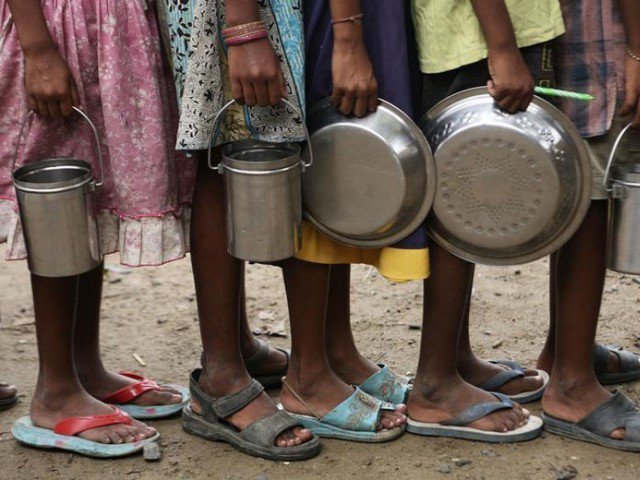
As students in the 1960s, we were taught that some inequality was necessary for growth to take place. Our own Mahbubul Haq then asserted that the road to ultimate equality was through initial inequality. His Harvard mentor, Gustave Papanek, observed that the “industrial robber barons” and the “gentlemen at work” in government interacted to produce higher rewards for the elite to produce a growth miracle. Before the end of the decade, we were out on the roads protesting against the 22 families nurtured by the miracle. The iniquitous outcome was pointed out by the architect of the miracle himself. As we all now know, Mahbubul Haq spent the rest of his life championing the cause of human development. Even the IMF has not been immune to this influence. An IMF Staff Discussion Note of June 2015 concluded that an increase in the share of the bottom 20% is good, while an increase in the share of the top 20% is bad for growth. The share of the bottom 20% in the total income in 2015 — the last time it was estimated in Pakistan — was 8.9%. It had been declining since 2010. There is no reason to expect it to have increased since. Between August to December 2017, the Sensitive Price Indicator (SPI) for the bottom 20% more than doubled. For the week ended on January 9, 2020, the SPI for the bottom 20% was higher than the SPI for the top 20%.
Pakistan’s current programme with the IMF does seem to be uninformed by this research. Myopic political pronouncements of 2020 as the year of growth notwithstanding the IMF, the donors in league and the rating agencies do not see the economy growing more than the population growth in the current year. With stagnant or perhaps negative growth in income per capita, the share of the bottom 20% can only come down. The relative burden of adjustment reflected in a double-digit inflation, lower expenditure on education and health, rising indirect taxes and utility prices, falling food subsidies and a narrow social protection cover infested with loopholes and connections, is much more on the bottom 20% than on the top 20%. Little wonder, the State Bank thinks that the “underlying structural vulnerabilities” need to be addressed” before talking about a “balanced and sustainable growth trajectory”. It warns those in charge of policies not in its domain: “From the policy perspective, it is important to continue with the adjustment process despite weakening economic activity, as well as the visible stability gains in terms of the falling twin deficits. The policy continuation is warranted given the lingering vulnerabilities in the economy and the chronic nature of the structural weaknesses.”
With all players on one page, the bottom 20% will continue to be kept on a tight leash until the “Ease of Doing Business” crowd — the good old robber barons — are able to compete with the comparators and “the gentlemen at work” learn to practise the art of fiscal prudence and good governance. Who cares if, in the meanwhile, the bottom 20% grows into the bottom 40% or even more. Lord Keynes understood his flock inside out: “In the long run we are all dead. Economists set themselves too easy, too useless a task. If in tempestuous seasons they can only tell us, that when the storm is long past, the ocean is flat again.”
Published in The Express Tribune, January 17th, 2020.
Like Opinion & Editorial on Facebook, follow @ETOpEd on Twitter to receive all updates on all our daily pieces.




























































COMMENTS
Comments are moderated and generally will be posted if they are on-topic and not abusive.
For more information, please see our Comments FAQ